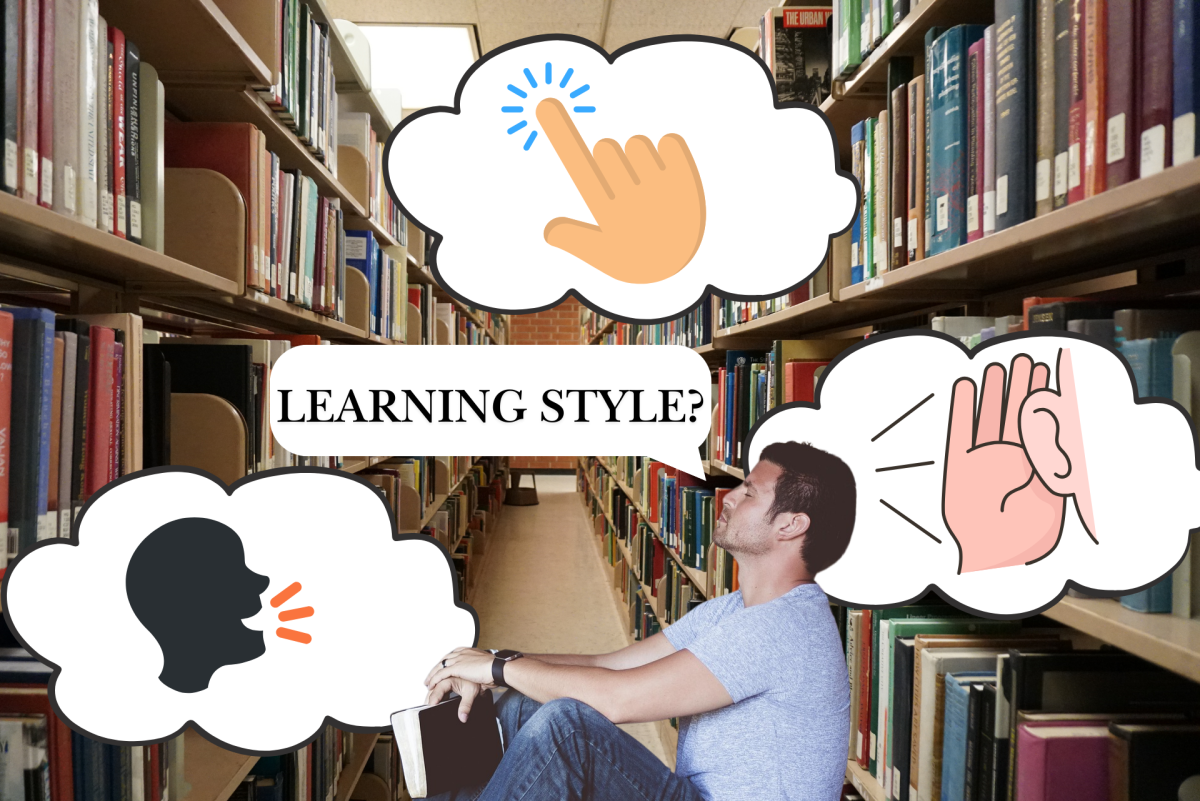“Learning styles” is a commonly used phrase to describe the ways in which people learn best. Over the years, numerous different types have popped into academic discussions.
A common debate among the educational community is whether learning styles are a truly helpful tool or students are just using them as an excuse not to work hard.
There are auditory learners, who process things through hearing, visual learners, who learn through visual presentation and many other unique ones.
However, deeper analyses of learning styles suggest that these may just be labels without real meaning.
According to the University of Michigan, “Most studies of learning styles use a methodology that uses multiple styles to all learners – meaning that there is no way to isolate learning style to teaching method.”
Without mincing words, this means there is no scientific research to back up the “learning styles” theory.
It’s true that many people genuinely believe that they learn better with a certain “style.” The reason for this may be our infatuation with categorizing people to fit a narrative.
In our everyday lives, we all see some sort of categorization.
“Strong” and “weak” people, “tough” and “sensitive” people — these are all categories we place people in based on our experiences or interests in them.
Although categorization can be helpful, it can also be painfully inaccurate. In the case of learning styles, there is no real way to categorize the way any individual learns “best.”
You could say you prefer to learn auditorily or visually, but at the end of the day, that is just a preference and not an idea backed by strong evidence.
Now that we’ve busted the myth, here are some useful learning practices that are actually grounded in scientific evidence
Firstly, minimizing distractions is a very effective way to enhance learning because you can more easily allocate all your focus on the task at hand. Your brain can more easily process the information being given to you when your attention isn’t divided.
At a very basic level, this can look like putting your phone in a different room and scheduling specific time blocks for work. Some studies indicate that music may also be distracting, so consider studying without blasting your favorite tunes.
Spacing out the time you spend studying is also extremely beneficial for your learning goals.
As opposed to study sessions that stretch on for hours, spacing work time in intervals has proven to enhance a person’s ability to recall information. Working with scheduled breaks can also be less intimidating and reduce the likelihood of burnout.
Using real world situations to explain a topic is also a good way to help your brain better comprehend material. It’s easier to engage with the topic when we establish a sense of relatability with it. Many math classes, for instance, use real world situations in word problems because it is easier for people to visualize.
Now that you know learning styles aren’t real, at least according to our current scientific research, try experimenting with these alternatives to enhance your learning experience.
After all, loads of evidence suggest that it’ll be worthwhile.



